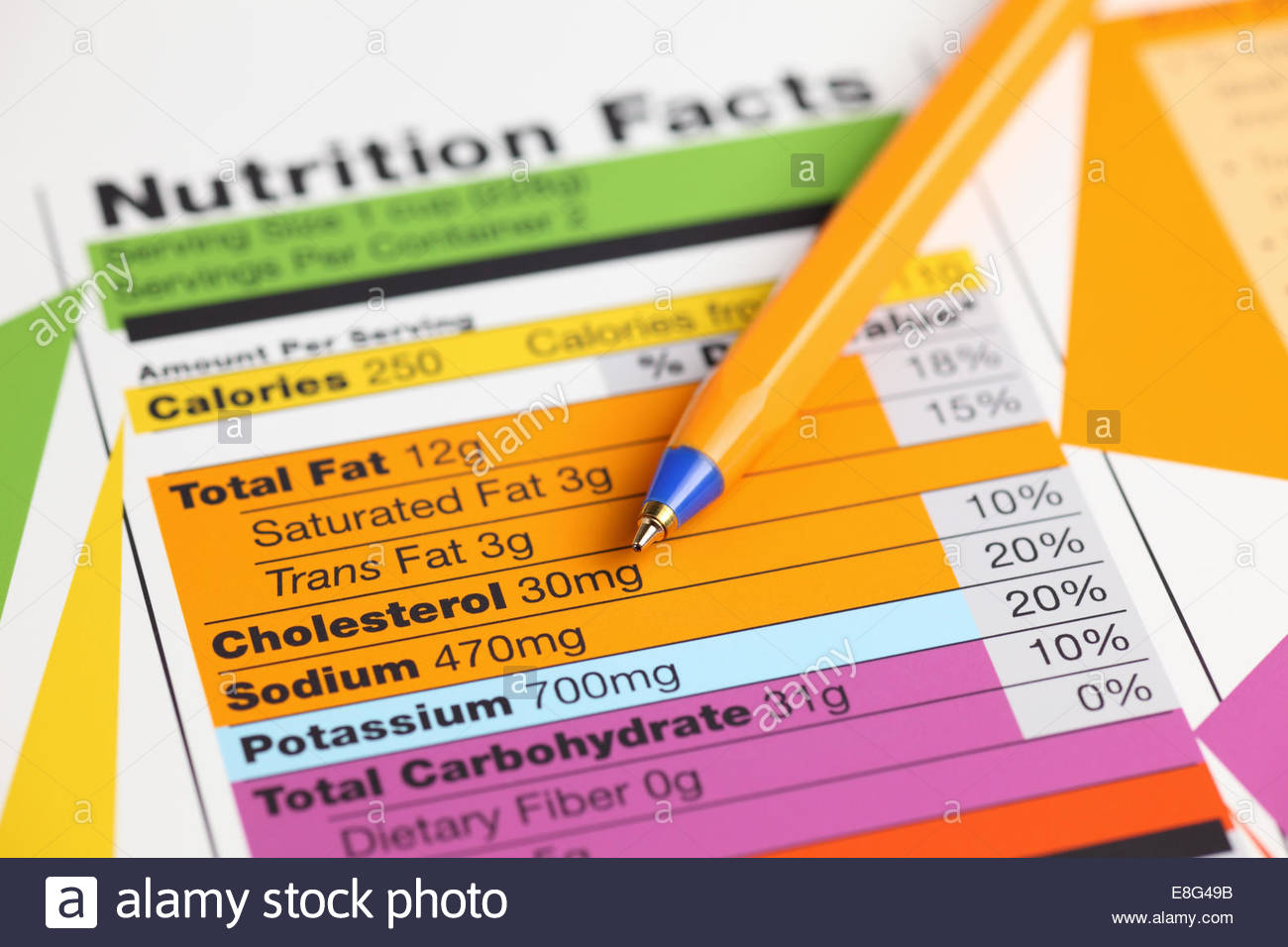La Californie développe une politique en faveur du changement climatique qui pourrait s’avérer un modèle pour le monde
On late Tuesday, the California Assembly passed a bill requiring 100 percent of the state’s electricity to come from carbon-free sources by the end of 2045. This puts one of the world’s most aggressive clean-energy policies on track for the governor’s desk.
Movin’ on up: The new bill also moves up the state’s earlier time line to reach 50 percent renewables from 2030 to 2026. But notably, California regulators have said the state’s major utilities could reach that milestone as early as 2020. This underscores the rapid pace at which the energy transformation has unfolded since the state put its renewable standards in place in 2002.
The testing grounds: California is acting as a test bed for what’s technically achievable, providing a massive market for the rollout of clean-energy technologies and building a body of knowledge that other states and nations can leverage, says energy economist Severin Borenstein. “We are showing that you can operate a grid with high levels of intermittent renewables,” he says. “That’s something that can be exported to the rest of the world.

